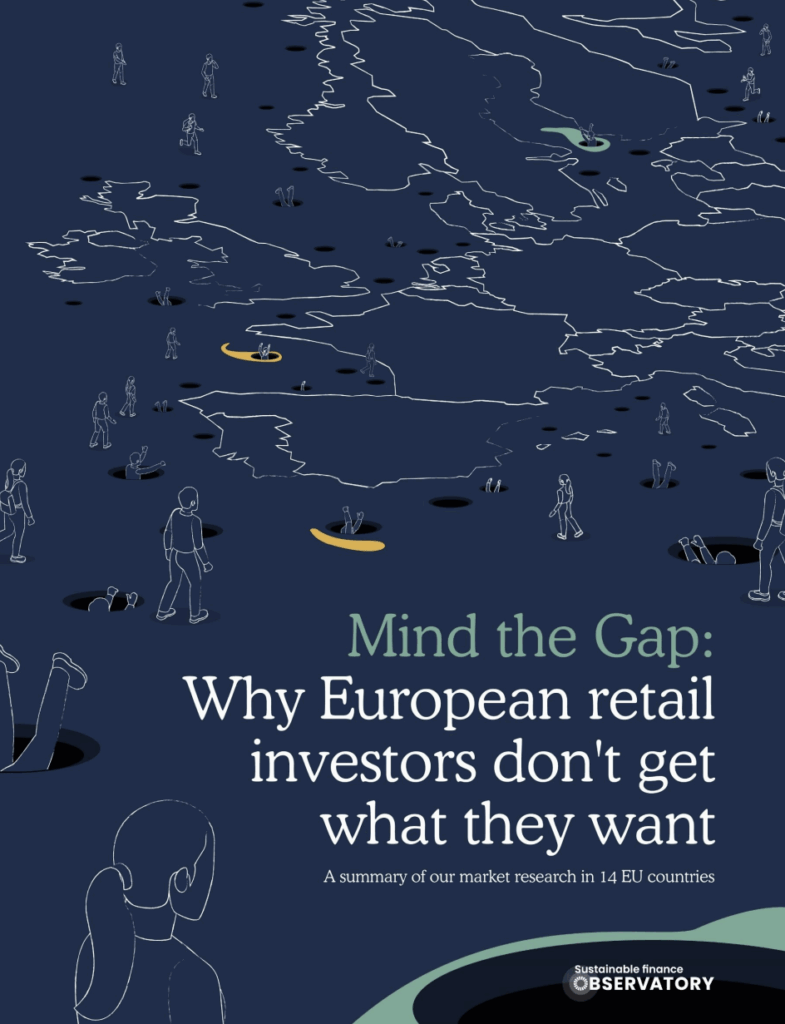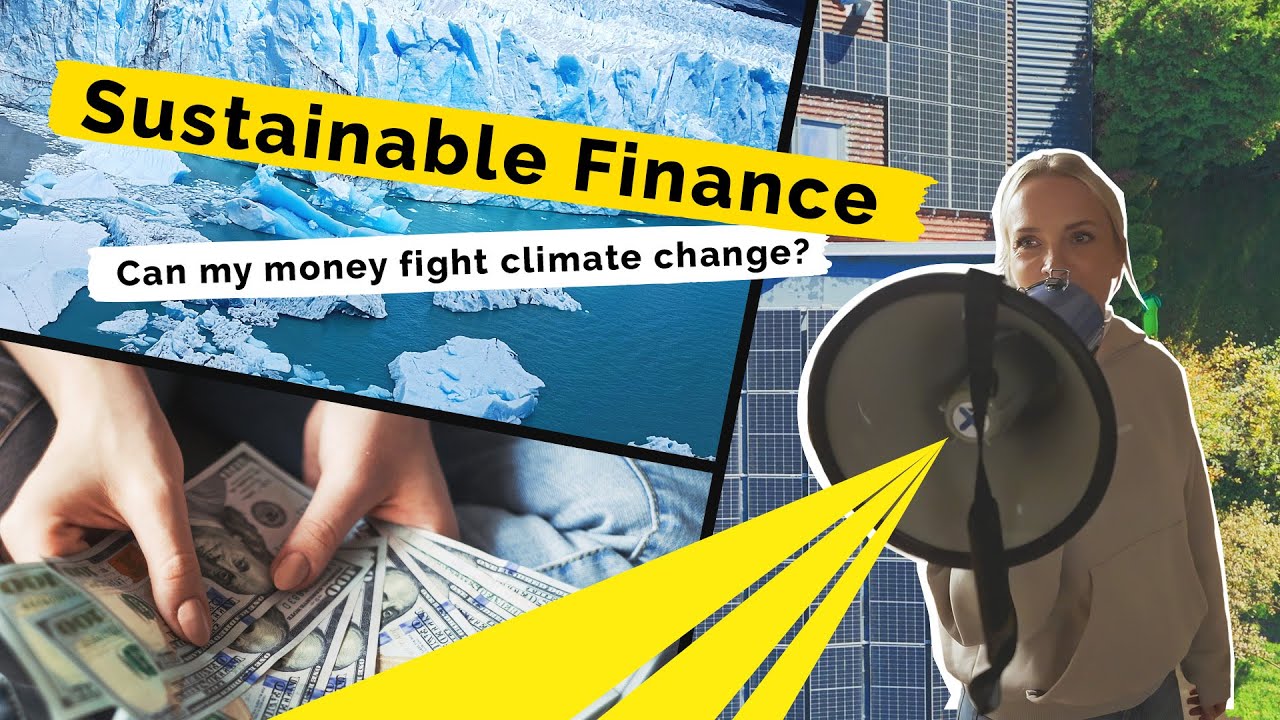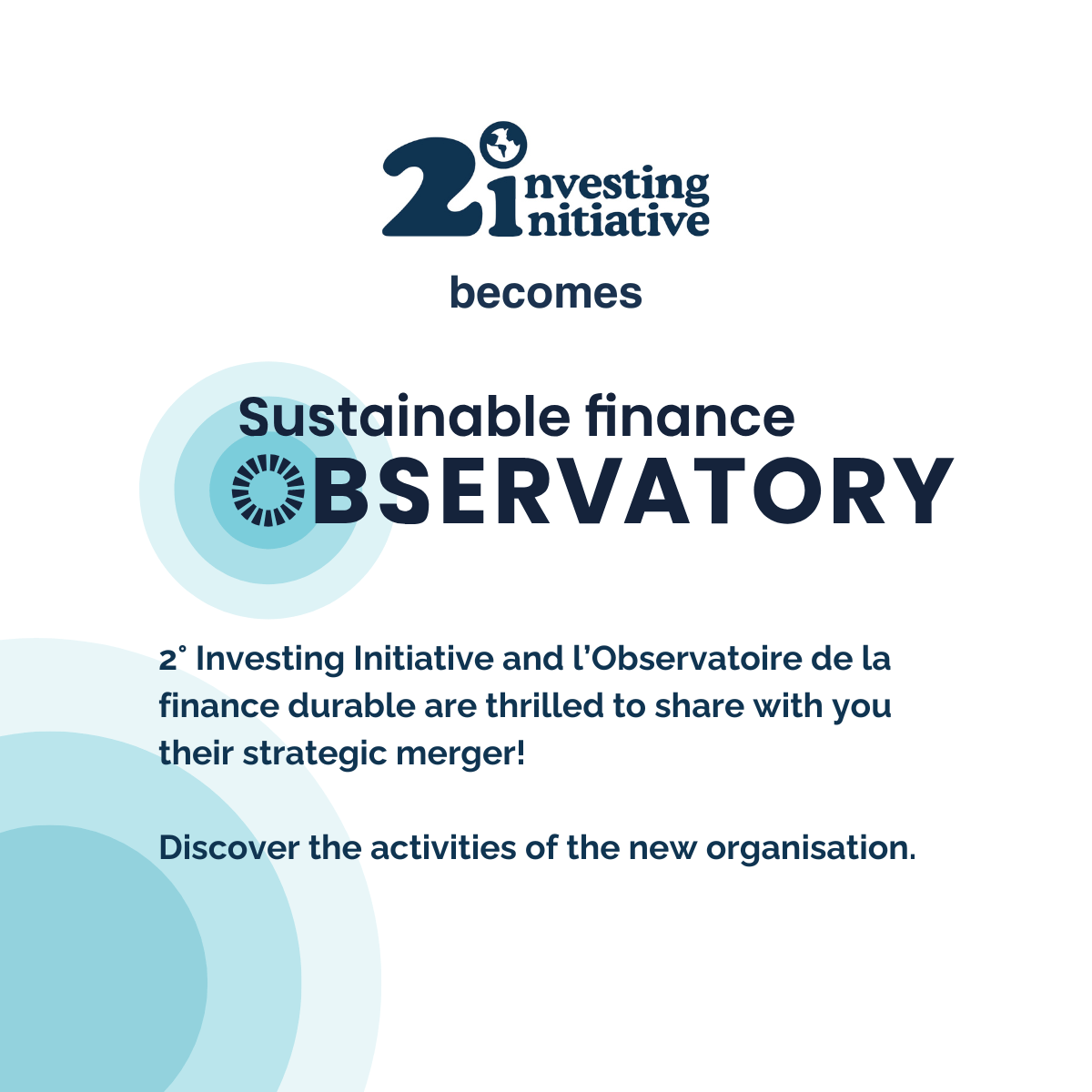The European Commission’s 2018 Action Plan sought to channel EU household savings into sustainable investments to help close the €1.2 trillion annual funding gap for the 2030 climate targets. Key regulatory reforms (SFDR, MiFID II, IDD) required integrating sustainability preferences into financial advice and product governance. To assess their effectiveness, the Sustainable Finance Observatory conducted one of Europe’s largest research programmes (2017–2024), analysing investor demand, product supply, and advisory practices across 14 Member States.
Key Findings:
Retail Investor Demand: Strong but Untapped
- 74% of EU retail investors have sustainability-related objectives (i.e. value alignment and/or impact), yet in key markets only 19% hold sustainable financial products, revealing a significant attitude-behaviour gap.
- Despite increased average allocations towards sustainable products post-regulation, we expect that a multi-trillion EUR market remains untapped.
- Key barriers preventing retail investors from walking their talk include limited expertise, high information costs, and a lack of trust in the credibility of sustainable financial products.
A Deficient Advisory Process
- In 57% of advice meetings (2022–2024), sustainability preferences were not automatically assessed.
- In 54% of German cases, advisors altered client preferences while in 53% of French cases, unsubstantiated impact claims were made.
- Advisor knowledge has improved overall but remains weak on investor impact across Member States.
Structural Misallocation of Impact-Oriented Capital
- 51% of EU retail investors want to generate real-world impact with their savings, but impact products make up only 0.7–1.3% of the market in key countries such as Germany and Austria.
- A majority of impact-oriented investors are willing to pay for real-world impact but mistakenly believe that low-carbon funds directly reduce emissions, making them vulnerable to misleading claims and potential exploitation.
- 27% of 450 Art. 8 and 9 funds reviewed in 2023 made explicit environmental impact claims — none substantiated, while 76% of investors expected real impact from such claims.
Regulatory and Conceptual Gaps
- The definitions of “sustainability preferences” or “sustainable investments” exclude impact-generating investments, misaligning with 51% of investor objectives.
- MiFID II and SFDR lack definitions for sustainability-related objectives, leading to inconsistent classification and advice.
- Oversight and enforcement remain inadequate across the EU, allowing persistent compliance failures and greenwashing risks
Policy Recommendations:
- Any new approach to sustainable financial product categorisation must be based on retail investors’ sustainability-related objectives and integrate the concept of “investor impact”/”impact generating investments”.
- Adapt the MiFID II/IDD sustainability preference categories to the new SFDR categorisation approach and clarify the definition of sustainability-related objectives at the earliest opportunity.
- Ensure that ESMA’s proposed Common Supervisory Action is carried out as a matter of urgency and to the most comprehensive degree possible.
- Use the measures to improve knowledge and competence of financial advisors announced under the Retail Investment Strategy to define precise and comprehensive requirements around sustainable finance knowledge and competence.
- Launch comprehensive public education initiatives to enhance sustainable finance literacy among European retail investors.
FUNDING: This project was funded by the European Union LIFE program under the grant agreement LIFE18IPC/FR/000010 A.F.F.A.P and received co-funding from the Rocky Mountain Institute (RMI).
DISCLAIMER: This work reflects the views of Sustainable Finance Observatory (formerly 2DII). The other members of the Finance ClimAct Consortium and the European Commission as well as RMI are not responsible for the use that could be made of the information it contains





